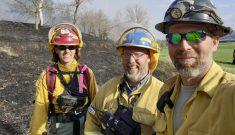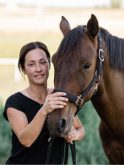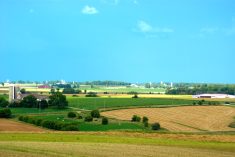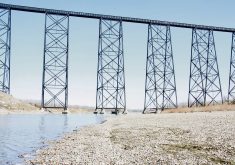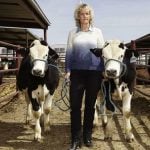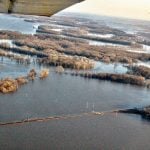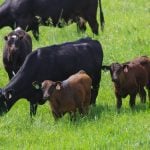As new federal driving-log policies for commercial vehicles are poised to take effect in June, some say there is an opportunity for digital monitoring tools to be expanded to the rest of the truck.
Why it matters: Rigorous, readily accessible digital records can be more efficient and reliable than paper records. They can also be solutions to traceability demands and security concerns.
As of June 12, Transport Canada will require digital operation logs in all commercial vehicles. According to the ministry’s website, the move is designed to make it easier and faster to track, manage, share and improve the accuracy of a driver’s hours-of-service record.
Read Also
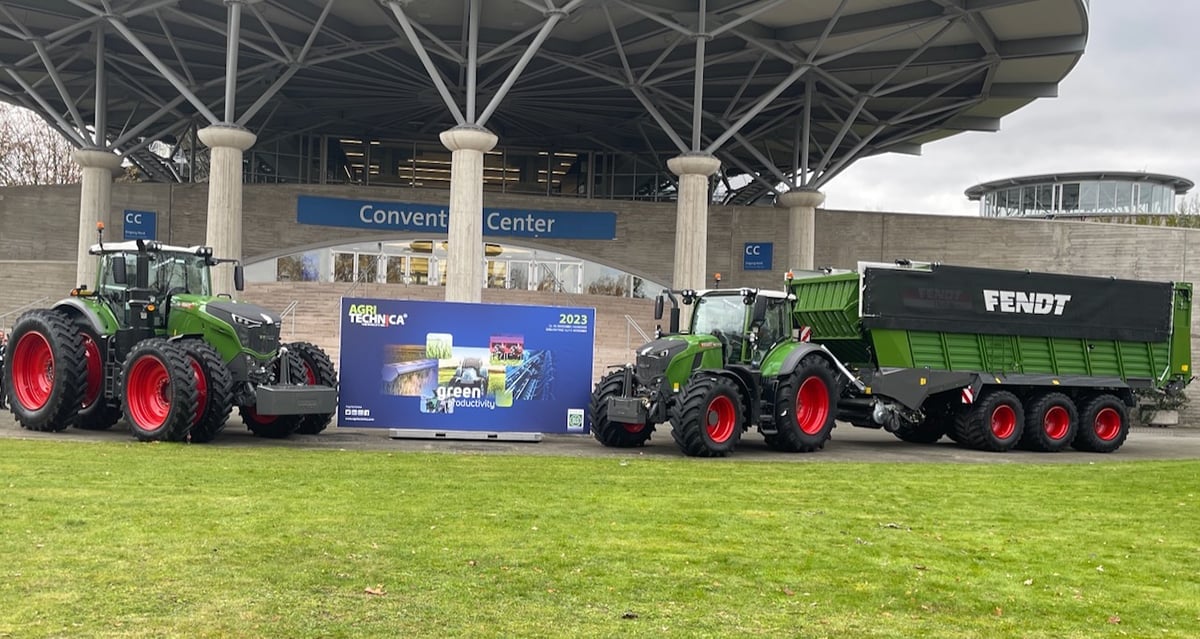
Canada to have increased presence at Agritechnica 2025
Interest in diversifying trade markets is taking more Canadian manufacturers to Agritechnica 2025, the world’s largest machinery show.
Impacts include helping drivers stay within legally allowed driving hours while reducing fatigue, administrative costs, out-of-service detention times, enforcement costs, and others.
Trucking companies and other motor carriers will need to choose, buy, and install certified devices by the June deadline, but the rule won’t apply to all vehicles.
Those hauling grain or fertilizer, for example, will be exempt, in part because of a stipulation permitting conventional trip-log management within a 160-kilometre radius, such as trucks hauling fertilizer locally.
However, many operators are choosing to digitize anyway.
“As a manufacturer of truck bodies and trailers for the agricultural industry, we have definitely seen an increase from our customers in the interest in digital monitoring tools,” says John Broekema, a Guelph-based technical representative with transport equipment manufacturer Walinga.
Aside from electronic logging, examples of attractive in-truck digital infrastructure include monitoring systems for hydraulic oil pressure, hydraulic motor speeds, and surveillance. There is also significant interest in systems that track deliveries, are designed to prevent operational errors, and those that monitor and respond to environmental elements.
Broekema says his company is trying to respond to immediate needs and anticipate “where the market is heading,” particularly regarding the growing importance placed on traceability and what that means for transporters.
Mark Beaven, president and co-founder of EthoGuard, a digital security tool company focused on the agriculture and food sectors, also says the potential for digitally monitoring commercial vehicles goes well beyond drive logs.
Temperatures in livestock trailers, engine performance, driver performance and many other aspects of transportation can be measured.
He says this can help operators make efficiency improvements to their businesses, fix issues on the fly, or provide better evidence of their remedial efforts in cases where something may have gone wrong.
Indeed, the growing need for solutions to traceability demands and improved business practices is the reason his company markets EthoTrac, an online interface augmented by a range of what he calls “plug-and-play” in-truck sensors.
The company has since also begun marketing the same systems to farms as a simplified, all-encompassing way for operators to affordably monitor barns and equipment.
“The industry has many security risks,” says Beaven, listing unauthorized entry, rural crime, biosecurity and cyber vulnerabilities as examples.
“Unfortunately, agriculture gets left behind a little bit…I felt there was a need for a real comprehensive security company.”




